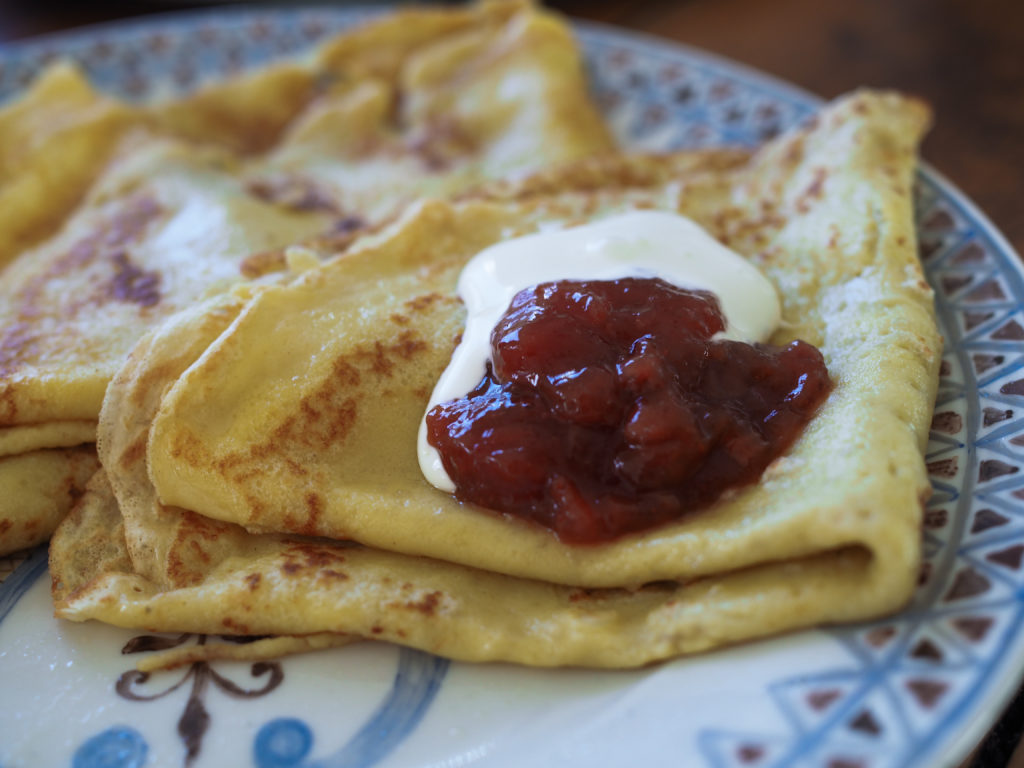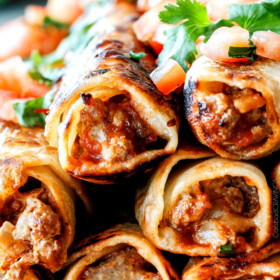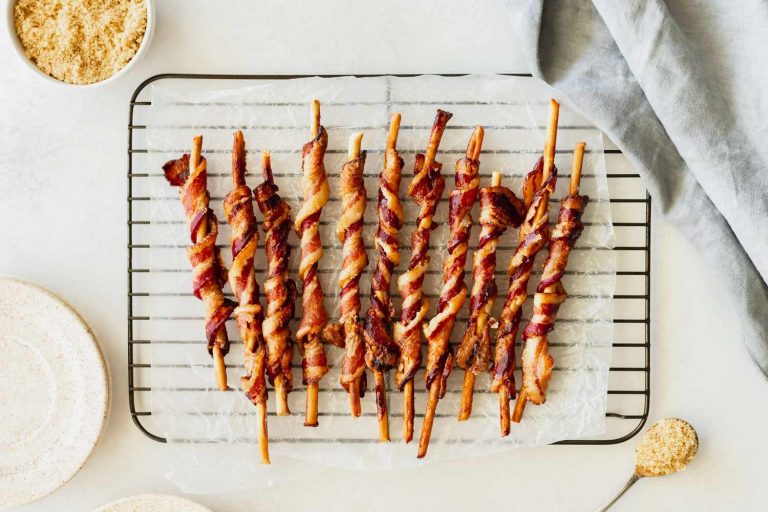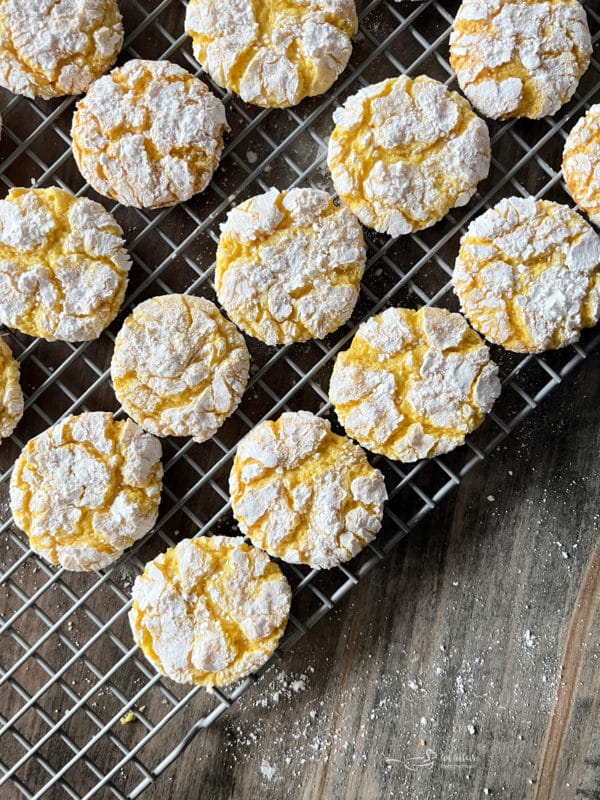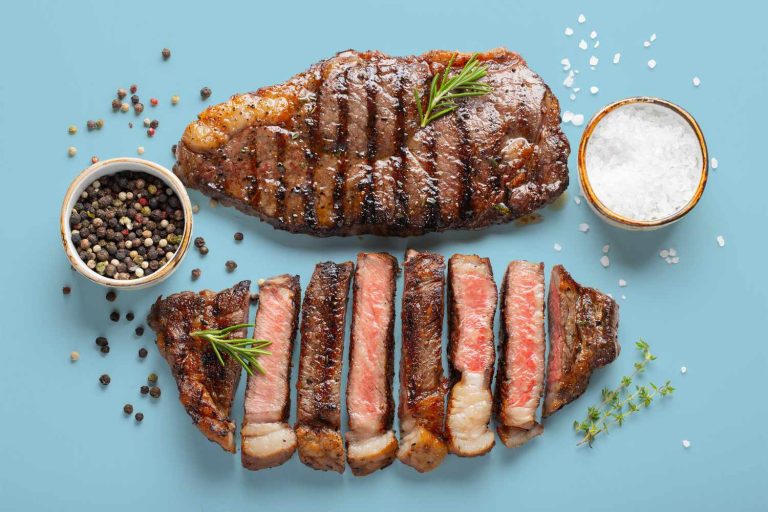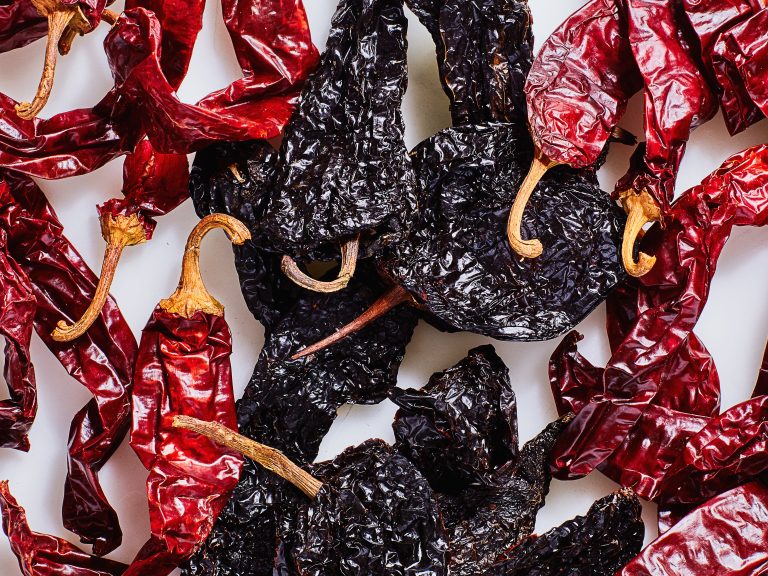Norwegian Pancakes Pannekaken: History, Traditions, Recipes, and Global Comparisons
Pannekaken, a staple in Norwegian cuisine, dates back centuries in Norway. These thin, crepe-like pancakes have roots in traditional Scandinavian cooking, often linked to rural areas where simple ingredients were essential. Flour, eggs, milk, and a pinch of salt are all you need to create these versatile pancakes.
Culturally, Pannekaken holds a significant place in Norwegian households. They’re often served at family gatherings and special occasions, exemplifying the warm, communal spirit of Norwegian culture. During feasts like the celebration of Midsummer, you might find Pannekaken at the center of the table, showcasing its importance in festive traditions.
Evolution Over Time
Pannekaken has evolved while retaining its basic form and ingredients. Originally a resourceful dish to use up surplus grains and eggs, Pannekaken adapted with Norway’s changing agricultural practices. As access to dairy and refined flours increased, the recipe became lighter and more refined.
Modern versions of Pannekaken embrace diverse toppings and fillings. While traditional toppings include sugar, jam, or fresh berries, contemporary adaptations introduce caramelized apples, smoked salmon, or even savory fillings like ham and cheese. This evolution reflects Norway’s openness to global culinary influences while maintaining the dish’s heritage.
Key Ingredients in Pannekaken
Common and Alternative Ingredients
You’ll find that Pannekaken relies on simple, everyday ingredients. Flour, eggs, milk, and salt form the base of these Norwegian pancakes. These ingredients keep the recipe approachable and easy to prepare.
Alternative options can be incorporated for dietary needs or flavor variations:
- Flour: Whole wheat, gluten-free, or almond flour can replace all-purpose flour.
- Milk: Dairy-free alternatives like almond milk, oat milk, or soy milk can be used.
- Eggs: Vegan substitutions like flax eggs or chia eggs offer egg-free solutions.
- Salt: Sea salt or Himalayan pink salt provides alternative seasoning options.
These alternatives ensure that everyone can enjoy Pannekaken, regardless of dietary restrictions.
Significance of Using Fresh Products
Using fresh products significantly enhances the flavor and texture of Pannekaken. Fresh eggs contribute to a richer taste, and fresh milk ensures a smoother batter. High-quality, fresh flour adds better consistency, making the pancakes easier to cook evenly.
Moreover, fresh products reduce the presence of preservatives and additives, aligning with the traditional, natural approach to Norwegian cooking. Sourcing your ingredients locally supports small businesses and ensures peak freshness, further elevating your Pannekaken experience.
Cooking Techniques for Authentic Pannekaken
Traditional Vs. Modern Methods
Traditional methods for making Pannekaken rely on simplicity. Classic recipes call for whisking flour, eggs, milk, and salt until smooth. Using a ladle, pour the batter into a hot, lightly buttered skillet and swirl to spread thinly. Cook each side until golden brown.
Modern techniques, by contrast, incorporate tools like non-stick pans and electric griddles for ease and consistency. Mixing ingredients in a blender ensures a lump-free batter. Experiment with adding a touch of vanilla extract or a pinch of sugar for a nuanced flavor.
Tips for Perfect Pancakes Every Time
Consistent Batter Thickness: Ensuring the batter has a uniform texture prevents lumps and uneven cooking.
Optimal Heat: Maintain medium-high heat to achieve a golden exterior with a soft interior.
Resting Time: Let the batter rest for 20-30 minutes to allow the flour to fully absorb the liquid, enhancing texture.
Proper Greasing: Butter or oil the skillet lightly to avoid greasy pancakes without sticking.
Even Pouring: Use a ladle for even pouring and consistent pancake size.
These techniques balance tradition with modern convenience to yield authentic, delightful Pannekaken.
Serving and Presentation
Classic Accompaniments and Toppings
Traditional toppings enhance Norwegian Pannekaken’s flavor. Sugar and butter are simple yet classic choices. Sprinkle granulated sugar directly onto the freshly cooked pancake, then roll it up with a spread of melted butter. Lingonberry jam provides a tart contrast, often paired with a dollop of whipped cream. For a savory option, consider smoked salmon and sour cream, adding fresh dill for an authentic touch.
Presentation Styles in Norway
Norwegian presentation varies from rustic to refined. Home settings often favor a stack of pancakes, rolled individually around fillings, placed neatly on a large serving dish for communal dining. Fancier occasions involve folding Pannekaken into quarters, creating elegant displays on plates with artistic drizzles of honey or chocolate syrup. Garnishing with fresh berries or mint leaves adds visual appeal. Whether casual or formal, the aim is to preserve the dish’s traditional essence while presenting it attractively.
Comparison With Other Pancakes
Differences From American Pancakes
Norwegian pancakes, or Pannekaken, differ from American pancakes primarily in texture and thickness. Pannekaken are thinner and more crepe-like, while American pancakes are fluffier and thicker due to the use of baking powder.
- Ingredient Proportions: Pannekaken use more milk and eggs relative to flour, leading to a batter that’s thinner. American pancakes incorporate more flour and a leavening agent for a thicker batter and fluffier texture.
- Cooking Techniques: You cook Pannekaken on a lower heat to achieve an even, delicate texture without burning, whereas American pancakes are often cooked on medium heat to allow them to rise and form a golden crust.
- Presentation: Pannekaken are usually served rolled or folded with toppings like jam, sugar, or savory items. In contrast, American pancakes are typically served in stacks with butter, syrup, or fruits piled on top.
Pannekaken in Global Cuisine
Pannekaken bear similarities to various thin pancakes found globally but stand out due to their unique texture and traditional Norwegian toppings.
- French Crêpes: Both are thin, but crêpes often have added butter in the batter. Crêpes commonly use a specific pan for an even cook and are filled with a wider variety of fillings.
- Swedish Pannkakor: Pannkakor are similar in method and ingredients. However, Swedish varieties are often served with pea soup and might be slightly thicker.
- German Pfannkuchen: Like Pannekaken, these are thin and can be savory or sweet, but they usually incorporate a wider range of spices in the batter and are often filled with preserves.
Comparing Pannekaken with these global counterparts highlights the regional variations in ingredients, cooking techniques, and serving styles. The emphasis on local Norwegian ingredients, thinly cooked texture, and distinctive traditional and modern toppings distinguish Pannekaken in global cuisine.
Conclusion
Norwegian pancakes, or Pannekaken, offer a delightful glimpse into Norway’s rich culinary heritage. Their unique texture and traditional toppings set them apart from other global pancake varieties, making them a must-try for any food enthusiast. By using fresh, locally sourced ingredients and blending tradition with modern techniques, you can create a dish that honors its roots while appealing to contemporary tastes. Whether you’re enjoying them for breakfast or dessert, Pannekaken brings a touch of Norwegian culture to your table.
